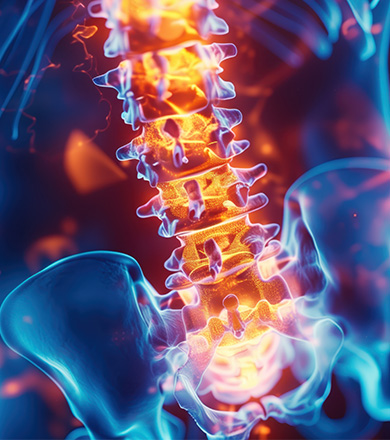Diastematomyelia
What is Diastematomyelia?
Diastematomyelia is a rare congenital spinal cord anomaly characterized by the splitting of the spinal cord into two hemicords. This separation is usually caused by a bony, cartilaginous, or fibrous septum (wall). The split spinal cord segments typically lie within two separate dural tubes, and this condition can lead to various neurological issues.
Causes
Diastematomyelia occurs due to abnormal development of the spinal cord and spinal canal during embryonic growth. It is often associated with other congenital anomalies, such as spinal dysraphism. Diastematomyelia may also be linked with conditions like spina bifida, meningocele, or lipomeningocele.
Symptoms
The symptoms of Diastematomyelia can vary depending on the severity of the condition and the patient’s age. In infants and children, symptoms may include:
Back or leg pain
Difficulty walking or imbalance
Foot deformities or leg length discrepancy
Urinary or bowel control problems
In adults, symptoms may become more pronounced and can include:
Severe back pain
Weakness in the legs or feet
Sensory loss or numbness
Urinary or bowel control issues
Diagnosis
Diastematomyelia is typically diagnosed through clinical evaluation and imaging techniques. Magnetic Resonance Imaging (MRI) is particularly effective in showing the split spinal cord and associated structural anomalies. Other imaging methods like X-rays and Computed Tomography (CT) scans may also assist in the diagnosis.
Treatment
The treatment for Diastematomyelia depends on the severity of the symptoms and the extent of the spinal cord involvement. Surgical intervention aims to remove the septum that divides the spinal cord and to release the tethered neural tissue. This procedure helps alleviate pressure on the nerves and can reduce neurological symptoms. Post-operative monitoring and rehabilitation are crucial to the recovery process.
The Importance of Early Intervention
If Diastematomyelia is not diagnosed and treated early, it can lead to permanent neurological damage. Early diagnosis and treatment are particularly important in children, as they can significantly improve long-term outcomes. If left untreated, the pressure on the spinal cord may increase, potentially causing irreversible nerve damage.
Conclusion
Diastematomyelia is a congenital spinal cord anomaly that requires careful attention. However, with early diagnosis and appropriate treatment, the adverse effects of this condition can be greatly minimized. If you or your child exhibit any of these symptoms, it is important to consult a specialist for a thorough evaluation.





